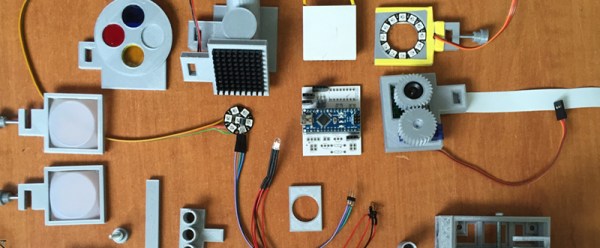Robots are increasingly seeing the world outside of laboratories and factories, and most of us think we would be able to spot one relatively quickly. What if you walked past one on the street — would you recognize it for what it was? How long would it take for you to realize that homeless organ grinder was a robot?
The brainchild of [Fred Ables], Dirk the homeless robot will meander through a crowd, nodding at passers-by and occasionally — with a tilt of his hand — ask for change, churning out a few notes on his organ for those who oblige him. [Ables] controls Dirk’s interactions with others remotely from nearby, blending into the crowds that flock to see the lifelike automaton, selling the illusion that Dirk is a real human. This is often effective since — as with most homeless people — pedestrians won’t spare Dirk a second glance; the reactions of those who don’t pass him over range from confusion to anger or mirth over being so completely duped before looking for the puppeteer.





















